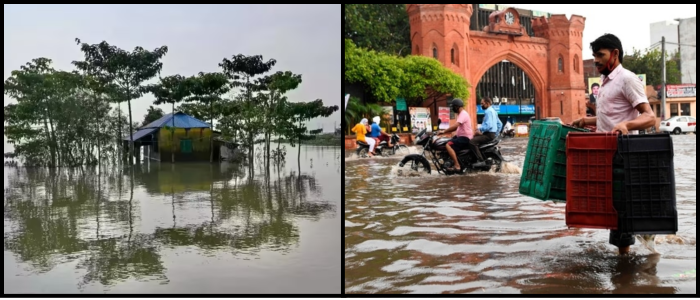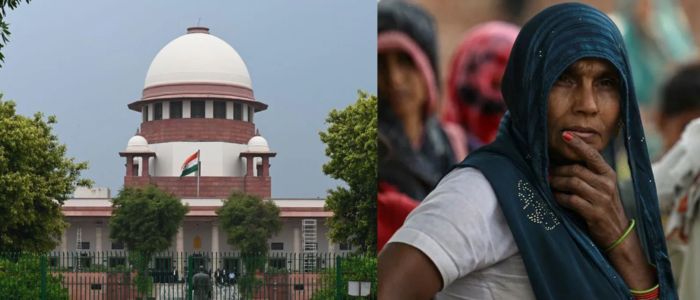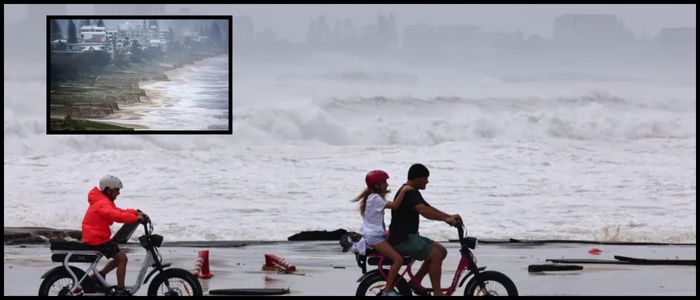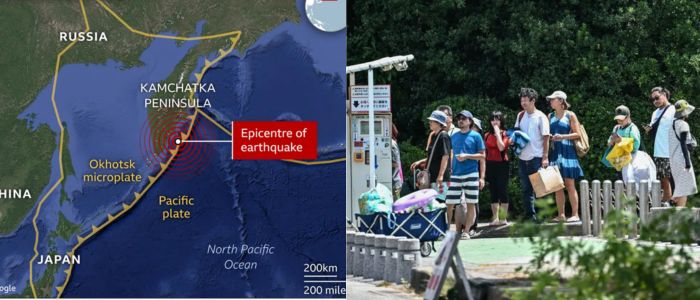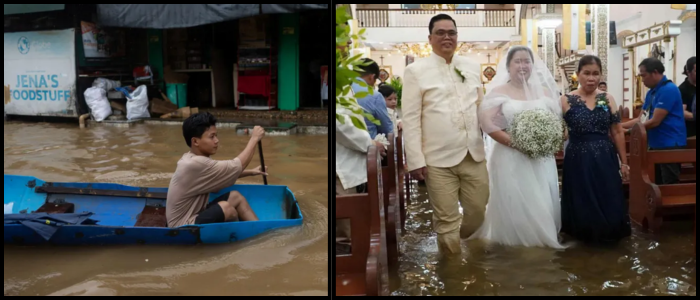An Ongoing Crisis That Is 'Widespread'
In Mumbai, even before the monsoon season set in properly, a series of heavy pre-monsoon showers inundated roads, brought traffic to a halt and submerged even recently built infrastructure, such as metro stations. The city's civic body, the Brihanmumbai Municipal Corporation, or BMC, attributed the clogged drains and construction debris, but its response was too late for much of the fury.
Scenes like that are repeated across Indian cities every monsoon. In Delhi, the Minto Bridge regularly grabs headlines for submerged buses and jammed traffic, and Bengaluru, once famous for its lakes, has seen flooding exacerbated by encroachment on natural drainage routes. Monsoon rains in India reveal fault lines in infrastructure and city planning across the country.
The Real Villains: Urban Sprawl and Projects Without Proper Forethought
Cities, says architect and urban planner Dikshu Kukreja, have grown quickly without improving their basic infrastructure, including their drainage systems. Wetlands, lakes and floodplains that used to absorb rainwater have been covered in concrete. And in Bengaluru, apartment blocks and roads now occupy land where lakes and open spaces once absorbed runoff.
Mumbai, meanwhile, has the added challenge of its coastal geography, but human actions, such as cutting down mangroves and constructing in floodplains, have made it worse. In New Delhi, 2024 brought the wettest May in more than a century; sudden storms killed several people and caused widespread damage. Smaller towns have also been hit hard, including in northeastern India, where landslides and flooding killed dozens earlier this month.
Climate Change, Governance, and the End of the Road
Climate change is expected to be making rainfall more intense and more unpredictable, experts caution. The early monsoons, flash floods and record high temperatures are getting to be all too common. But city planning has not caught up to these challenges.
Kukreja and colleagues say a more permanent solution requires planning in coordination. That includes mapping of high-risk zones, real-time sensors, predictive modelling and, above all, better governance and community participation. There is not going to be any quick fix, such as pumps and drain cleaning to stem the flow for the short term.
If India's cities are to survive the coming monsoon seasons, they have to move away from managing urban crises based on crisis response to nurturing urban resilience.

